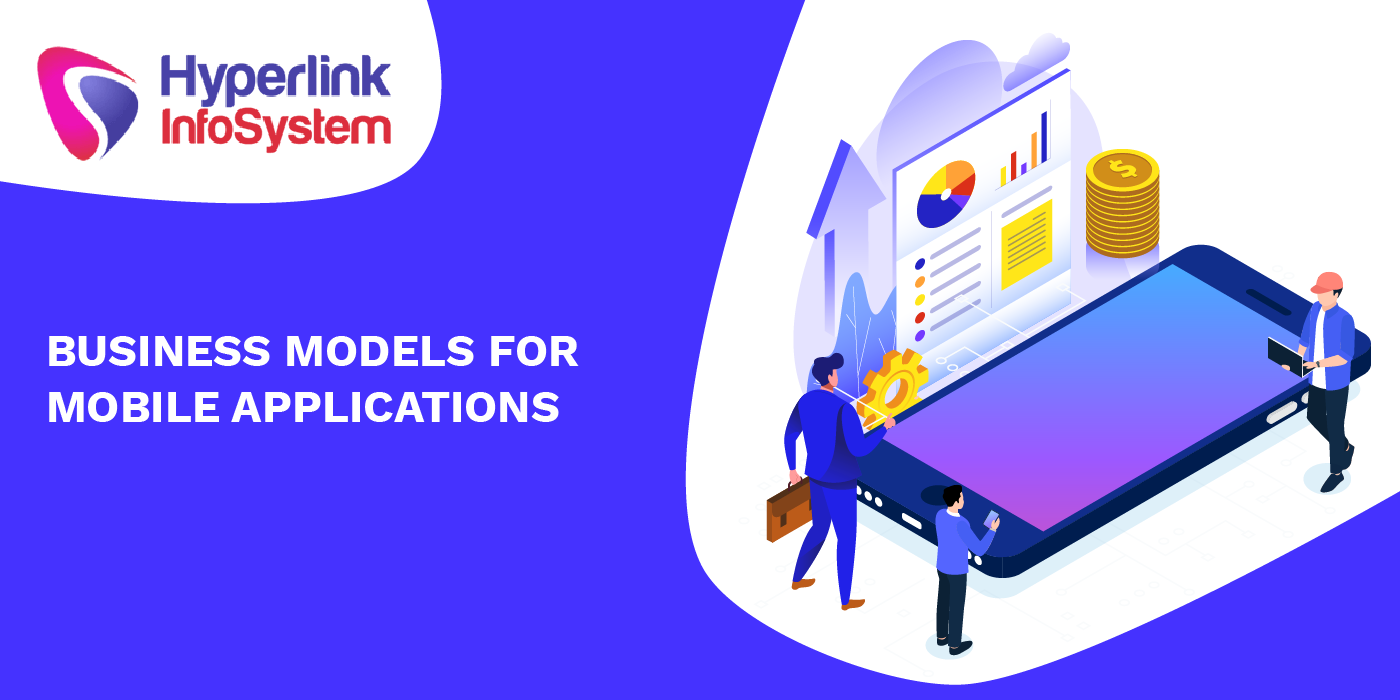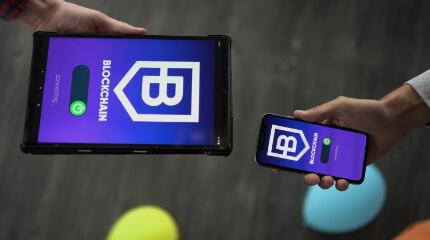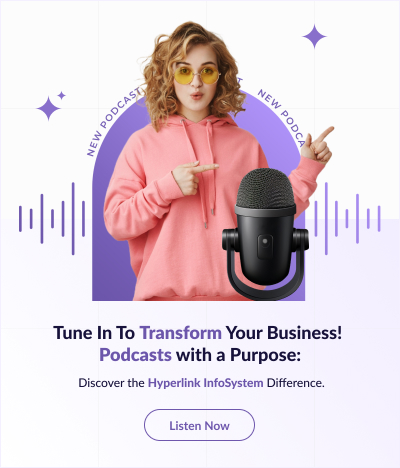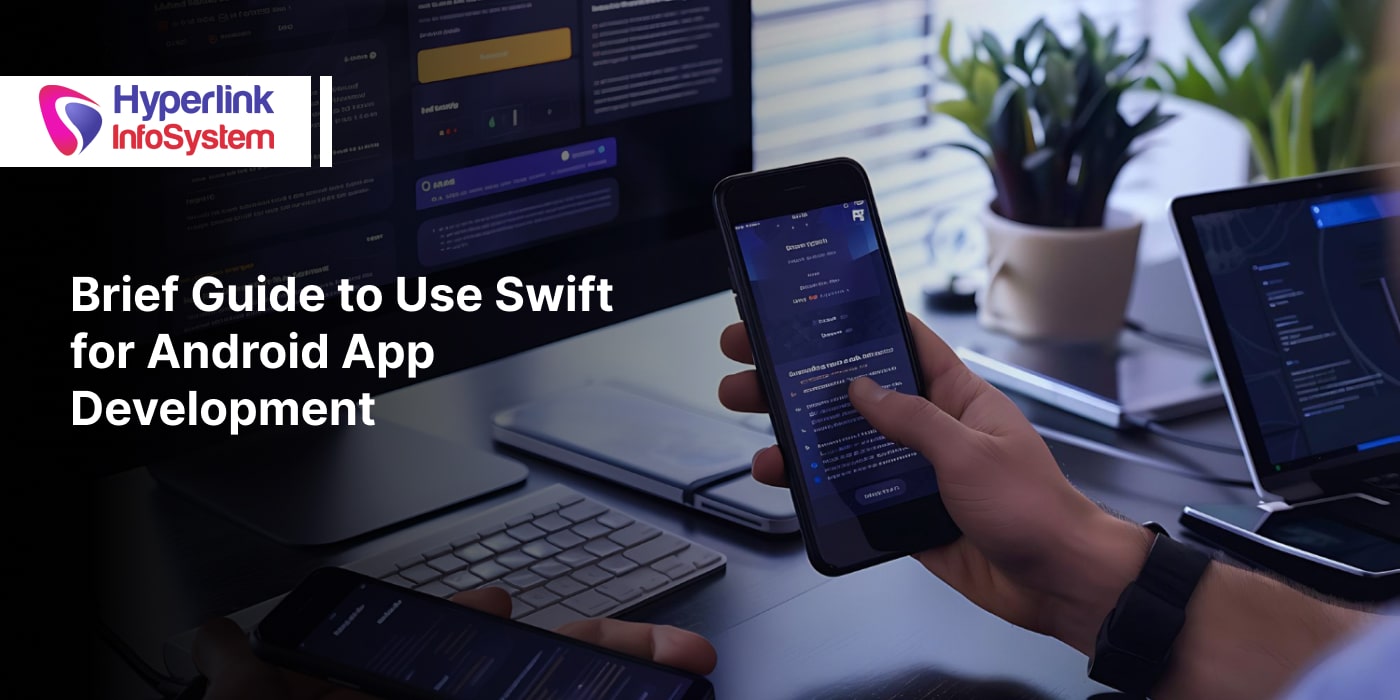If you want to develop a profitable application, it is not enough to know the available income methods. We need something similar to a monetization plan. Something that makes sense for our project, and that can make it viable.
It is not enough to say: I will make the user pay for using this feature, or I will place ads, and that's it. If we really want our app to work, we need a well-defined plan.
Given this problem, we need to find a solution. Luckily, we don't need to reinvent the wheel. Many other businesses have had the same situation, and luckily there are many solutions that work. These solutions are called business models.
What are business models?
Mobile app business models is a series of strategies to monetize applications. We take ideas from these business models and modify them to fit perfectly within our project. After all, each project is different. Each application has its own characteristics and, therefore, different business models.
We could say that there are several standard business models for mobile applications. Business models that we can identify and easily recognize in the various applications that exist today.
Depending on where you are looking for business model information for mobile applications by mobile app developers, you will surely find different names depending on the source you consult. This is because the business models are not homogeneous. In addition, many models intermingle with each other creating other new models. Some mobile apps business models include:
The Freemium business model
The Freemium business model is based on offering a free application that can be used without charge anything except for a series of premium features. These premium features can be very varied as they depend on each project. They can range from buying virtual currencies in a game to paying for unlocking certain functionality of the app. It is surely the most popular model today and the one that offers the best results.
The big point in favor of this model is that the user can test the application without paying anything. The user can enjoy and appreciate the application without any commitment. Precisely here lies the key to this business model. The user may be able to test the application and enjoy the complete experience, except for a series of features that will be paid.
An example of an app that uses this model is Candy Crush and Spotify. The freemium model is one of the best models and offers more flexibility since the model is created around each project and its unique characteristics.
The Paid Model
The Paid model is based on offering an application that can only be used after paying for it. When anyone finds the application in the store, the price appears next. It can only be downloaded if you pay. Once the application is paid, you can enjoy all the features without having to pay any extra.
The great advantage of this model is that every user has to pay since no one can download it until after a payment transaction has been made. This is good since, in many cases, the more users using an app, the more the resources needed to properly maintain and upgrade the app.
On the other hand, the disadvantage is the barrier that comes along with the payment. Many users who might pay for an app may not do it because they are unable to test if the app offers what they want.
Nowadays, mobile app development by
app developers is almost taken for granted that you have to offer some kind of free trial. Largely due to the rise of the Freemium model. This makes the applications that want to continue with this traditional model of requiring a payment first have it a bit more complicated.
The In-app Advertising model
Together with the Freemium model, it is one of the most used. It is about offering the application completely free but including third-party advertising inside. This type of model is usually widely used by simple applications, as it is an easy way to start monetizing an application. There are many advertising networks, such as Google Admob, that allow you to insert advertising in an app in a few steps.
Anyway, in contrast to what has been said, there is an example that is the king, Facebook. Surely, you use Facebook almost daily. Have you ever paid Facebook to use its service? Probably not. However, currently, it is one of the largest companies that exist.
Facebook lives on the advertising it shows its users. All those promoted publications that you see are made by advertisers who pay to go out there. So Facebook uses an In-App Advertising model. Facebook shows us ads between posts. In a way, you are paying to use Facebook, but instead of paying money, you are paying with your information.
Which business model is better?
Obviously, it depends on many factors related to each project. Paid model is quite risky in a world of mobile apps in which everything seems to be free. But above all, they have the great disadvantage that users cannot test the application before paying.
The
In-App Advertising and Freemium models have generated most of the money from the app stores and will continue to do more as expected. You can combine some models with others, add new features, and the list would be endless.
Conclusion
It is true that many applications use variants of each of them, combining them and adding new features, but they always have their base in one of the above-mentioned models.
When we are thinking about how to monetize our project, it may be a good idea to look at which models the current applications are using and especially those that are related to what we want to do.

























